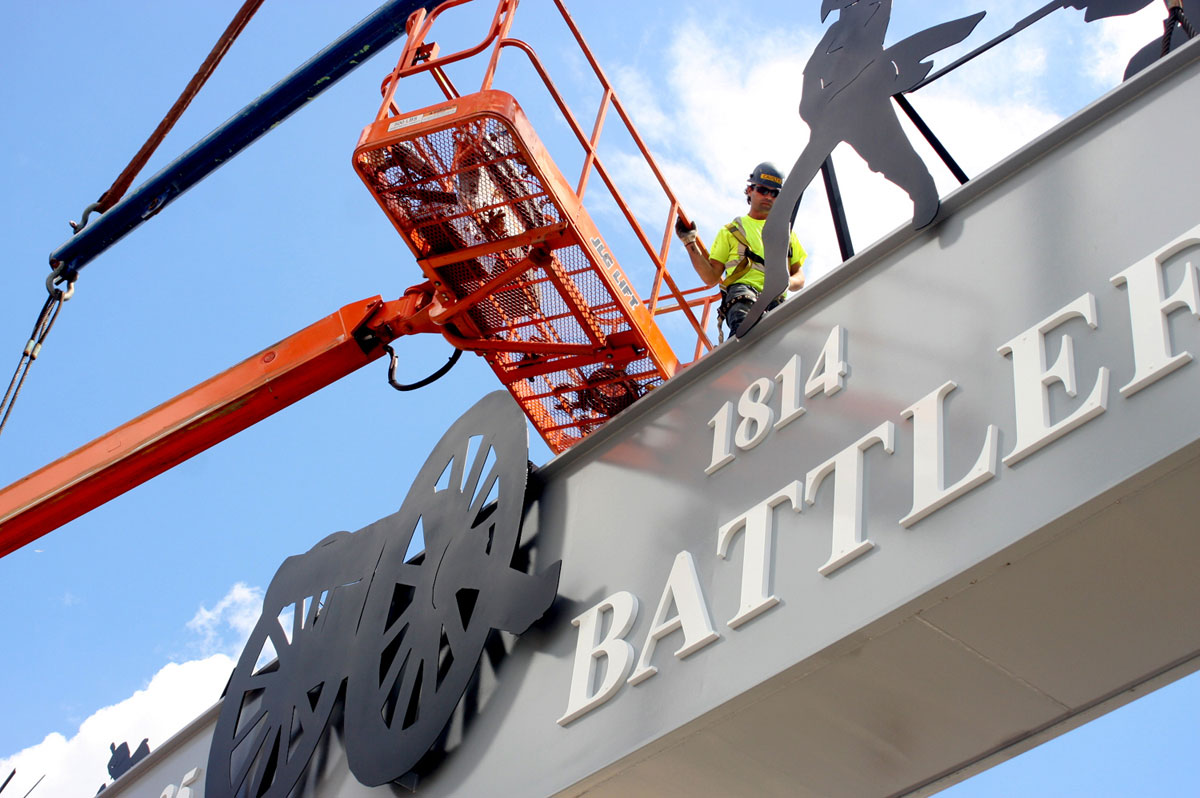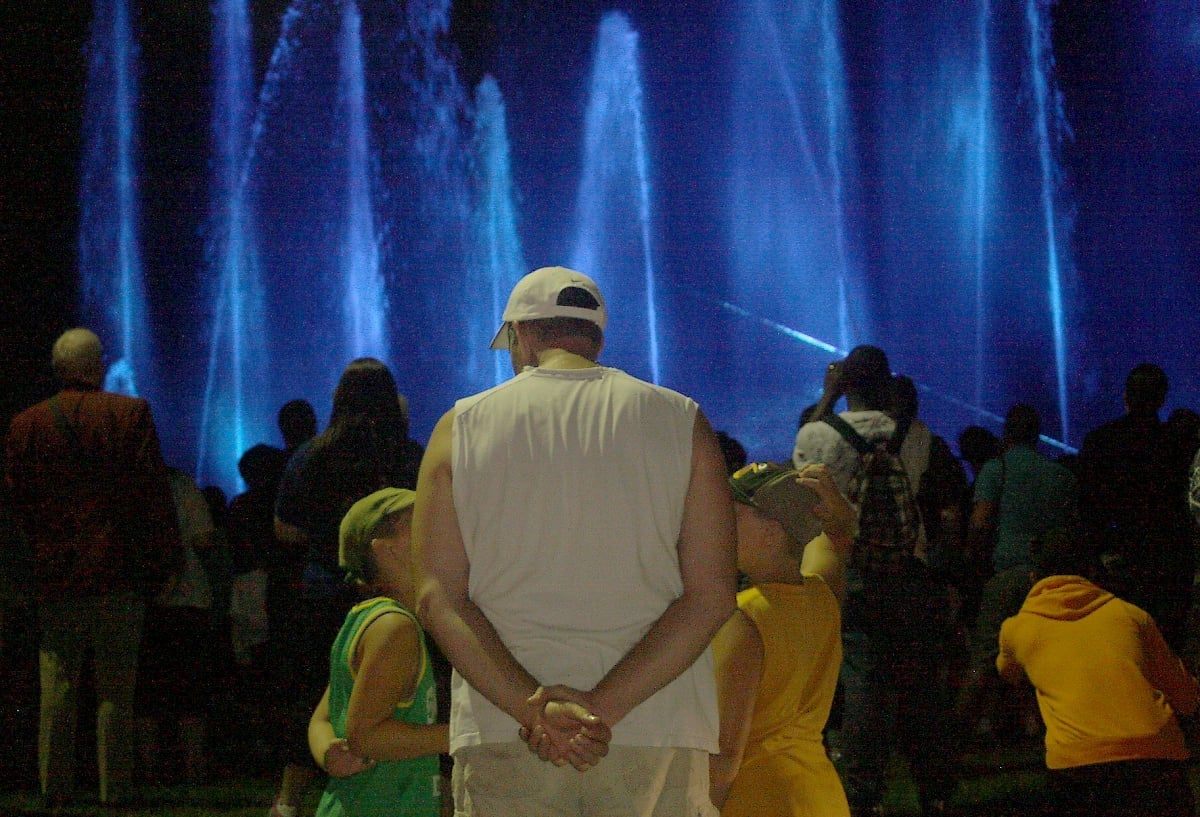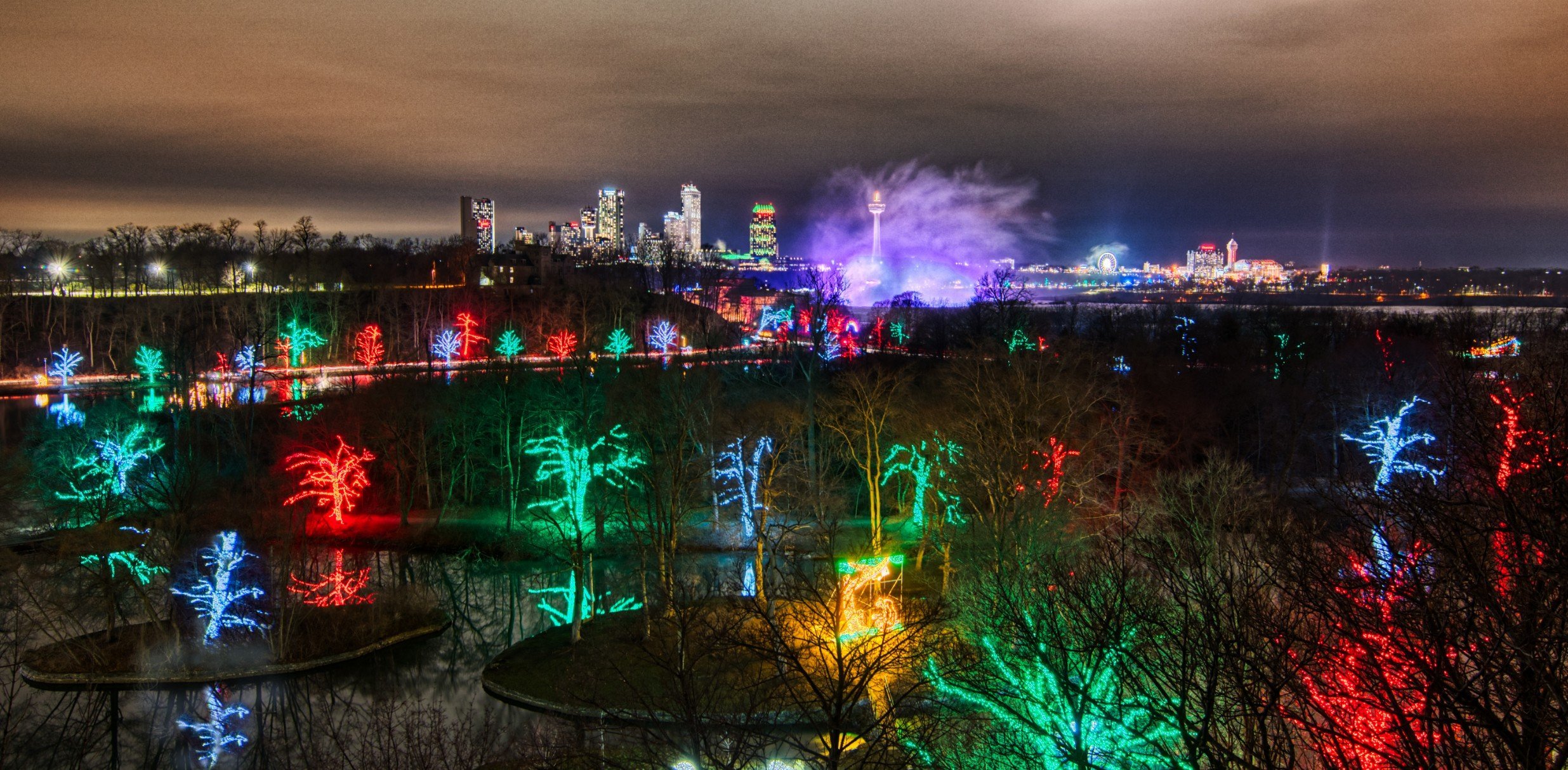

Lundy's Lane sign honours historic 1814 battle
There’s a new sign of the times-gone-by in Niagara Falls, where contractors installed a steel archway over one of the city’s busiest streets to commemorate the 1814 Battle of Lundy’s Lane, a pivotal event in the War of 1812.
“We were not letting this go. It’s too significant,” Mayor Jim Diodati, standing on the closed roadway Thursday morning after a crane lifted the 40,000-pound steel sign into place and workers were fastening it.
The Battle of Lundy’s Lane was fought on July 25, 1814 when 2,500 American forces advancing from the south, clashed with 3,500 British soldiers, Canadian militia and native warriors on the highest point of land in Niagara Falls.
 In July 1814, the American army had crossed into Niagara from Buffalo on July 3 and were on the march downriver. Buoyed by their victory at the July 5 Battle of Chippawa, the American army continued its push into the Niagara peninsula. But their defeat at Lundy’s Lane marked a turning point in the invasion of Canada. After Lundy’s Lane, the American soldiers were pushed back to Fort Erie.
In July 1814, the American army had crossed into Niagara from Buffalo on July 3 and were on the march downriver. Buoyed by their victory at the July 5 Battle of Chippawa, the American army continued its push into the Niagara peninsula. But their defeat at Lundy’s Lane marked a turning point in the invasion of Canada. After Lundy’s Lane, the American soldiers were pushed back to Fort Erie.
But the battle came with a high price. It’s considered the bloodiest battle ever fought on Canadian soil. The British casualties included 84 dead and 559 wounded while the American losses were 174 killed and 572 wounded.
The new commemorative sign came in at a cost of about $400,000, including a $150,000 donation by the Lundy’s Lane Business Improvement Area board and other private donations.
Diodati credits a group of local businesses, including Rankin Construction, Salit Steel, Black Creek Metals, Niagara Fasteners and Modern Crane with pulling the project together in time for the bicentennial. City landscaper Jeff Claydon and a former city engineer did the design work.
The original bid came in at $1.2 million, which city staff rejected. Council turned down a second bid for $800,000. That’s when Diodati pulled businesses together at city hall on Easter Monday to convince them of its importance and ask them how it could be done for less and in time for July 25.
“This isn’t about a sign. This is about 200 years of peace. This is about the longest undefended border,” the mayor said, paying tribute to what historians say is the legacy of the War of 1812. “This represents so much more.”
The sign spans Lundy’s Lane and four lanes of traffic on one of Niagara’s busiest streets, just east of Drummond Road. The steel structure with metal cut-outs of soldiers spans the road from the Drummond Hill Cemetery to an open area on the north which was also part of the battlefield.
Thursday’s installation of the sign means it will be in place in time for ceremonies marking the 200th anniversary of the battle.
The tight timeline was a challenge said Roger Armstrong, an estimator for structures with Rankin. When Rankin got the job as the general contractor, they turned to steel companies, electricians, and engineers they knew they could work with quickly. “If you’re going to do something like this, you have to work with your preferred suppliers,” Armstrong said.


























